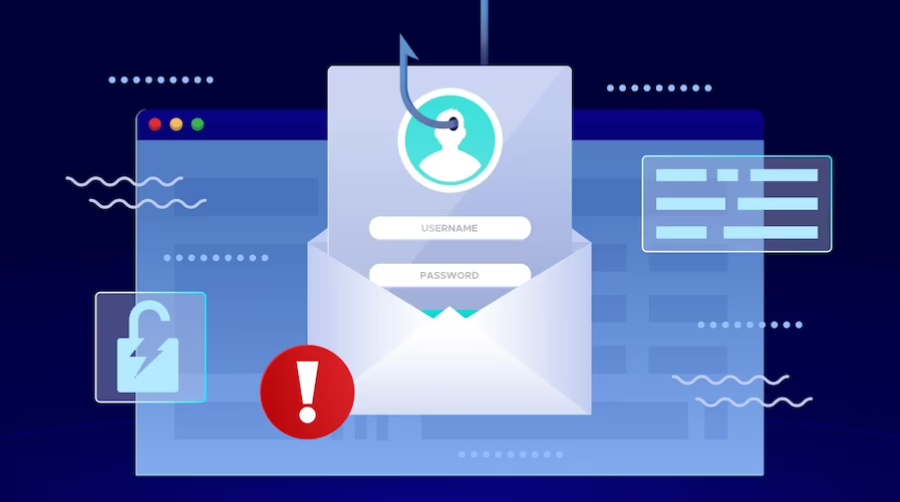
In today's digital age, email marketing remains a potent tool for marketers to connect with potential customers and generate leads. However, reaching out to prospects through cold emails can be a tricky endeavor. If done haphazardly, it can lead to a swift trip to the dreaded spam folder. But when executed intelligently, cold email introduction strategies can be a powerful asset in your marketing arsenal. In this article, we'll explore effective techniques that can help you sell smarter through cold email introductions.
The Importance of a Compelling Cold Email Introduction
Your cold email's introduction is the gateway to the rest of your message. It's the first impression you make on your prospect, and as the saying goes, "You never get a second chance to make a first impression." Therefore, crafting an engaging, respectful, and Linkedin introduction is pivotal to the success of your cold email campaign.
Understanding Your Audience
Before diving into specific strategies, it's essential to emphasize the significance of understanding your target audience. Tailoring your cold email introduction to the recipient's needs, pain points, and interests is the first step toward success. Generic, one-size-fits-all introductions rarely resonate with prospects. Instead, invest time in researching your audience to uncover their preferences and challenges.
Crafting the Perfect Cold Email Introduction
Now, let's delve into the strategies that can help you create effective cold email introductions:
1. Personalization is Key
One of the most vital aspects of a successful cold email introduction is personalization. Address the recipient by their first name, and if possible, reference something specific about them or their company. This demonstrates that you've done your homework and are genuinely interested in their needs.
2. Pique Their Curiosity
Begin your email with a hook that grabs the recipient's attention. Pose a thought-provoking question, highlight a relevant industry trend, or share a compelling statistic. The goal is to make them want to read further.
3. Keep it Brief
In the world of cold emailing, brevity is your ally. Knowing how to start an email effectively is crucial. Avoid long-winded introductions that overwhelm the recipient. Instead, provide a concise overview of who you are, why you're reaching out, and the value you can offer.
4. Establish Credibility
Build trust by briefly mentioning your relevant experience, successful projects, or notable clients. Demonstrating your expertise can reassure the recipient that you're a legitimate and knowledgeable contact.
5. Offer Value
Your cold email should focus on what you can do for the recipient, not what you want from them. Highlight the benefits and solutions you can provide to address their specific pain points.
6. Include a Clear Call to Action (CTA)
End your introduction with a clear and actionable CTA. Whether it's scheduling a call, downloading a resource, or simply replying to your email, make sure the next steps are explicit and easy to follow.
Conclusion
In the world of email marketing, the cold email introduction is your foot in the door. When executed correctly, it can pave the way for meaningful conversations, lead generation, and successful marketing campaigns. Remember, personalization, curiosity, brevity, credibility, value, and a clear CTA are the building blocks of a compelling cold email introduction. By integrating these strategies into your outreach efforts, you'll be selling smarter and forging stronger connections with your target audience.
For more insights on effective cold email marketing, check out this comprehensive guide on Cold Email Introduction.


